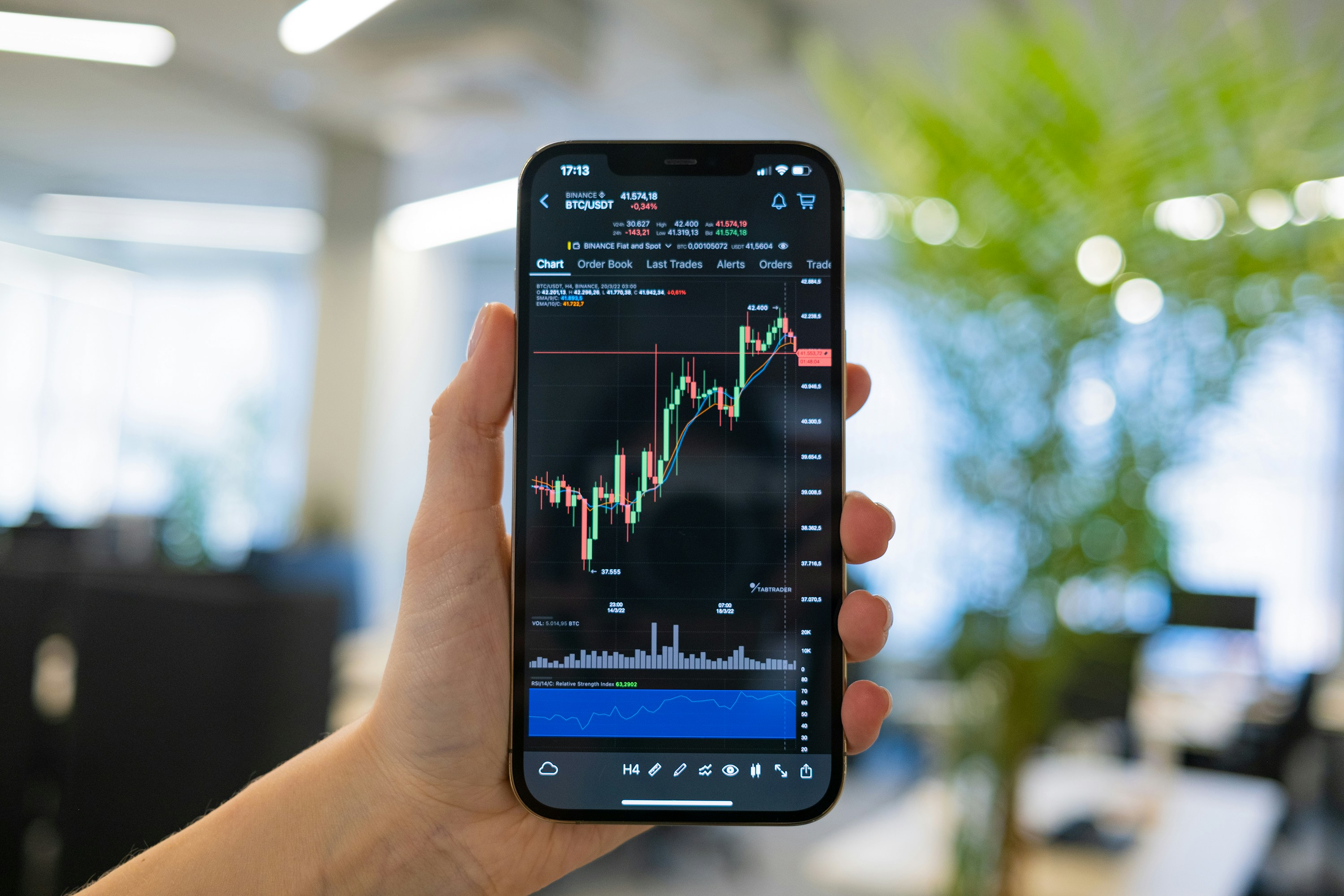
Leading Investment Apps With Seamless API Integrations For Flexible Lifestyles
Seasoned investors find ways to make every moment count. They turn to apps that sync easily with their favorite financial tools, making it simple to trade, monitor, and rebalance their portfolios from anywhere. With busy schedules full of meetings, deadlines, and travel, these smooth connections help save precious time and reduce hassle. By relying on platforms that keep everything in one place, investors can act quickly and confidently, knowing they have access to real-time information whenever they need it. This convenience ensures that staying on top of investments fits neatly into even the most demanding routines.
This write-up explores how API integrations drive advanced investing. You’ll learn what to look for, which platforms stand out, and how to keep everything synchronized. No fluff—just straightforward steps to improve your investing skills.
How API Integrations Work in Investment Apps
Application programming interfaces, or APIs, enable different software components to communicate. In investing, APIs let your trading app share data with budgeting tools, tax software, or custom dashboards. That real-time data flow increases accuracy and reduces manual data entry.
APIs have different designs. Some use REST protocols with simple HTTP calls. Others rely on WebSockets for live price updates. Strong security layers, like OAuth 2.0, keep your credentials protected. When you review documentation, look for clear endpoints, sample code, and sandbox environments.
Advantages of Smooth API Links for Flexible Lifestyles
Investing while on the move requires trusting data flows without interruptions. Dependable APIs enable quick responses when markets change. They also supply insights into your preferred analytics tools. That way, you can spot a trend on your phone and modify a position from a coffee shop.
- Real-time market updates: Instant data helps you time entries and exits.
- Automated reporting: Create performance reports without exporting spreadsheets.
- Portfolio sync: Keep holdings consistent across your trading account and custom dashboard.
- Custom alerts: Set notifications when a stock reaches target prices or volume spikes.
- Tax integration: Link gains and losses automatically to your tax-prep software.
These features save hours each week and lower the chance of human mistakes. When you travel or switch workspaces, you depend on smooth connections rather than manual uploads.
Features to Check When Choosing
Start by reviewing available endpoints. Does the API provide historical data, order placement, and account balance queries? The broader the access, the more flexible your tools and workflows become.
Next, look at rate limits. High limits let you fetch data without hitting caps. Some providers allow thousands of calls per minute. Others restrict you to a few dozen. If your strategy requires fast updates, select an API that doesn’t throttle your requests.
Security features are equally important. Seek encrypted connections (HTTPS), token-based authentication, and permission scopes that restrict actions to read-only or trading-only. Extra protections, like IP whitelisting, add another barrier against unauthorized access.
Popular Investment Apps to Use
- *Alpaca*: Provides commission-free stock trading through a well-documented REST API. Developers value its sandbox mode and community support.
- *Interactive Brokers*: Offers one of the most comprehensive APIs, covering stocks, options, futures, and forex. Its Trader Workstation API connects to custom apps in Python, Java, or C++.
- *Wealthfront*: Focuses on automated portfolios with an API for balance checks and transaction history. Access its tax-loss harvesting data for smarter year-end decisions.
- *TD Ameritrade*: Offers real-time quotes, option chains, and streaming data through its API. It also features OAuth authentication and extensive sample code.
- *Robinhood*: While its public API remains unofficial, open-source wrappers allow you to retrieve positions and execute trades. Ideal for hobbyist programmers willing to accept limited support.
Best Practices for Managing Multiple App Connections
Keep all credentials in a single secure storage. Use environment variables or vault tools to store API keys safely. This reduces the risk of accidentally exposing sensitive information in shared code repositories.
Set up a system to monitor API health. Tools like Prometheus or custom scripts can ping endpoints and measure response times. Create alerts for failures or slowdowns so you can switch to backups or pause automated tasks.
Version your API clients. When a provider updates their API, test new features in a staging environment. This practice prevents sudden disruptions in your live workflows.
Make detailed documentation for your setup. List each integration, its purpose, rate limits, and key endpoints. Such documentation saves hours when onboarding new team members or troubleshooting data flows.
With a solid plan and reliable platforms like *MetaTrader* or *NinjaTrader*, you can trade, monitor, and report from anywhere. Use secure connections and dependable APIs to stay informed and reduce manual work. Focus on your trading approach instead of repetitive data tasks.